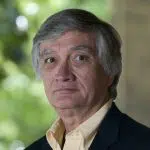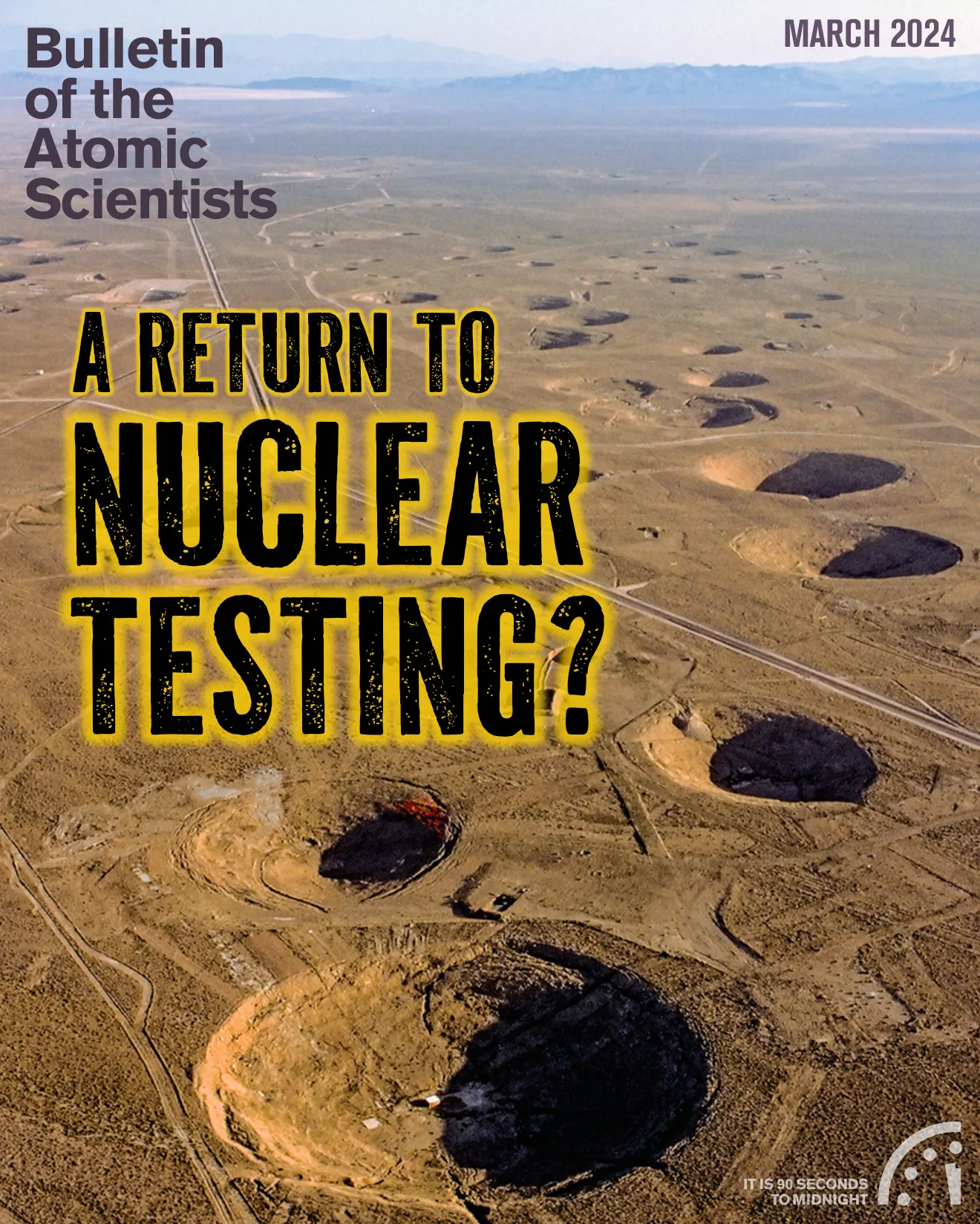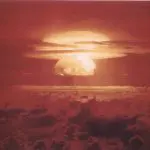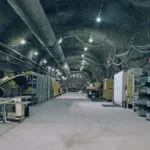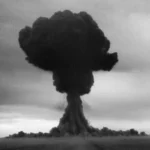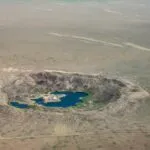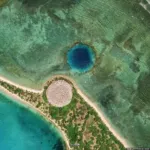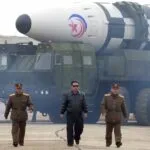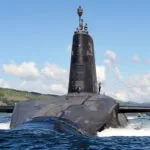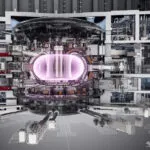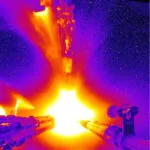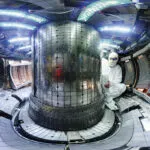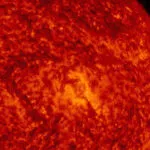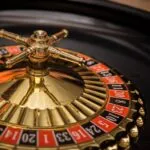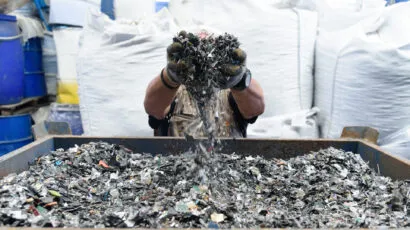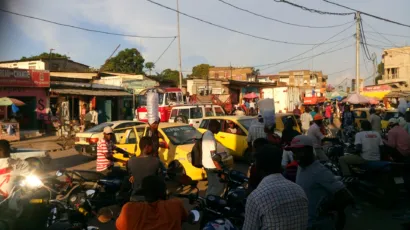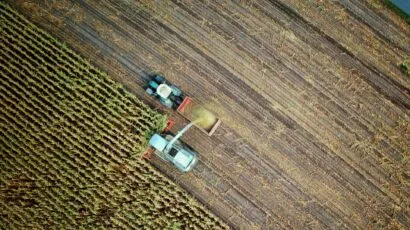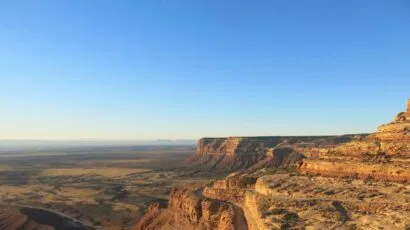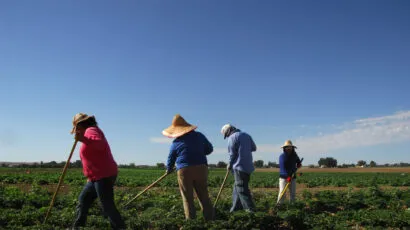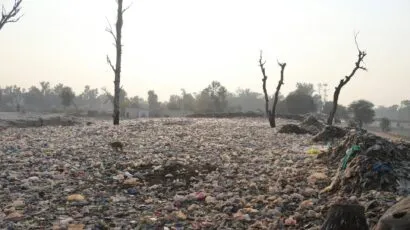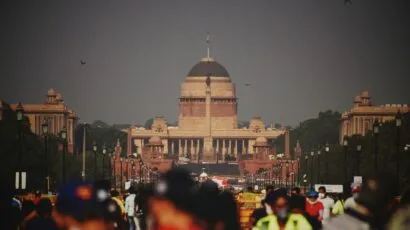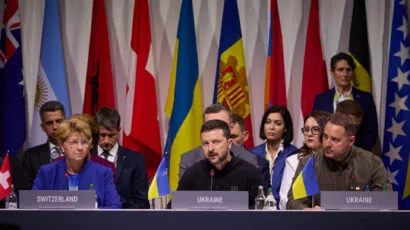Adushkin, Vitaly V, and Alexander Spivak. 2015. Underground Explosions. Washington, DC. https://apps.dtic.mil/sti/tr/pdf/ADA627744.pdf
Allen, R. T., and R. E. Duff. 1969. “Effect of Material Properties on Cavity Size From an Underground Nuclear Explosion.” Nuclear Applications 6 (6). Taylor & Francis: 567–572. doi: 10.13182/NT69-A28286
Atomic Energy Commission. 1971b. Baneberry Accident Report. Washington, DC.
Atomic Energy Commission. 1971a. Environmental Statement Cannikin. Washington, DC.
Atomic Heritage Foundation. 2016. Limited or Partial Test Ban Treaty (LTBT/PTBT).
Blume, L. 2022. “U.S. Nuclear Testing’s Devastating Legacy Lingers, 30 Years after Moratorium.” National Geographic, September 22.
Blume, L. 2023. “Collateral Damage: American Civilian Survivors of the 1945 Trinity Test.” Bulletin of the Atomic Scientists 79 (4): 232–237. doi: 10.1080/00963402.2023.2223078
Boardman, C. R., D. D. Rabb, and R. D. McArthur. 1964. “Responses of Four Rock Mediums to Contained Nuclear Explosions.” Journal of Geophysical Research 69 (16)3457–3469. doi: 10.1029/JZ069I016P03457
Brady, W. J., K. K. Horton, and B. F. Eubank. 1984. Operations Nougat and Whetstone. https://www.dtra.mil/Portals/125/Documents/NTPR/newDocs/UnthReport/1962-1965_DNA6320F_Operations_Nougat_and_Whetstone.pdf
Carlson, 2005. Nevada Test Site Guide. National Nuclear Security Administration. https://nnss.gov/wp-content/uploads/2023/04/DOENV_715_Rev1.pdf
Commoner, B. 1958. “The Fallout Problem.” Science 127 (3305): 1023–1026. doi: 10.1126/SCIENCE.127.3305.1023
Commoner, B. 1959. “Estimates of Radiation Dose from Strontium-90 Due to Fallout.” Science 130 (3377): 720–722. doi: 10.1126/SCIENCE.130.3377.720
Congressional Budget Office. 2021. Projected Costs of U.S. Nuclear Forces, 2021-2030. Congressional Budget Office. https://www.cbo.gov/publication/57240
Congressional Research Service. 2022. The Radiation Exposure Compensation Act (RECA): Compensation Related to Exposure to Radiation from Atomic Weapons Testing and Uranium Mining. Congressional Research Service. https://crsreports.congress.gov
Diaz-Maurin, F. 2023. “Russia Suspends New START and Is Ready to Resume Nuclear Testing.” Bulletin of the Atomic Scientists, February 23. https://thebulletin.org/2023/02/russia-suspends-new-start-and-is-ready-to-resume-nuclear-testing/
Drozdenko, T. 2023. “Why the Congressional Strategic Posture Report Is Not about Nuclear Deterrence, but Warfighting.” Bulletin of the Atomic Scientists, November 8. https://thebulletin.org/2023/11/why-the-congressional-strategic-posture-report-is-not-about-nuclear-deterrence-but-warfighting/
Environmental Protection Agency. 2002. Radionuclides in Drinking Water: A Small Entity Compliance Guide. Environmental Protection Agency. www.epa.gov/safewater.
Ewing, R. C. 1999. “Radioactivity and the 20th Century.” In Mineralogical Society of America Reviews in Mineralogy, edited by Peter Burns and Robert J. Finch, 38:1–22.
Federal Radiation Council, and Radiation Protection Division. 1961. “Federal Guidance Report No. 2: Background Material for the Development of Radiation Protection Standards.” Federal Radiation Council, and Radiation Protection Division.
General Assembly. 1996. UN Doc. A/50/1027. General Assembly. https://treaties.un.org/doc/source/docs/A_RES_50_1027-E.pdf
Glasstone, S., and P. J. Dolan. 1977. “Residual Nuclear Radiation and Fallout.” In The Effects of Nuclear Weapons, 1st ed., 1:390. United States Department of Defense and the United States Department of Energy.
Hecker, S. S. 2013. “The Story of Plutonium Mountain.” Bulletin of the Atomic Scientists 69 (5). https://www.tandfonline.com/doi/pdf/10.1177/0096340213504891
International Atomic Energy Agency. 2007. Estimation of Global Inventories of Radioactive Waste and Other Radioactive Materials. Vol. 1. International Atomic Energy Agency.
Kassenova, Togzhan. 2009. “The Lasting Toll of Semipalatinsk’s Nuclear Testing.” Bulletin of the Atomic Scientists, September 28. https://thebulletin.org/2009/09/the-lasting-toll-of-semipalatinsks-nuclear-testing/
Kersting, A. B. 1999. “Migration of Plutonium in Ground Water at the Nevada Test Site.” Nature 397 (6714): 56–59. https://www.nature.com/articles/16231
Kimball, D. 2023. The Nuclear Testing Tally 1945–2017. Arms Control Association. https://www.armscontrol.org/factsheets/nucleartesttally
Laczniak, R. J., J. A. Cole, D. A. Sawyer, and D. A. Trudeau. 1996. Summary of Hydrogeologic Controls on Ground-Water Flow at the Nevada Test Site, Nye County, Nevada. U.S. Geological Survey. https://pubs.usgs.gov/wri/1996/4109/report.pdf
Loeb, B. S. 1991. The Limited Test Ban Treaty. The Politics of Arms Control Treaty Ratification. 1st ed. Vol. 1. New York: Palgrave Macmillan. https://link.springer.com/chapter/10.1007/978-1-137-04534-8_5
Maxwell, R. M., A. F. B. Tompson, J. T. Rambo, S. F. Carle, and G. A. Pawloski. 2000. “Thermally Induced Groundwater Flow Resulting from an Underground Nuclear Test.” In Computational Methods in Water Resources XIII, edited by L. Sykes, Bentley, Brebbia C, Gray W, and Pinder G, 1st ed., 1:45–50. Rotterdam: A.A. Balkema http://www.llnl.gov/tid/Library.html
McEwan, A. C. 1988. “Environmental Effects of Underground Nuclear Explosions.” In Nuclear Weapon Tests: Prohibition or Limitation, edited by Jozef Goldblat and David Cox, 1:75–79. Oxford University Press.
Mikhailov, V.N. 1999. Catalog of Worldwide Nuclear Testing. Begell-Atom. https://www.begellhouse.com/databases/e-WCNT.html
Morris, R. H., L. M Gard, and R.P. Snyder. 1972. “Visible Geological Effects of the CANNIKIN Event.” Bulletin of the Seismological Society of America 62 (6): 1519–1526.
Novikov, A. P., S. N Kalmykov, S. Utsunomiya, R. C. Ewing, F. Horreard, A. Merkulov, S. B. Clark, V. V. Tkachev, and B. F. Myasoedov. 2006. “Colloid Transport of Plutonium in the Far-Field of the Mayak Production Association, Russia.” Science 314 (5799): 638–641. doi: 10.1126/science.1131307
Penrose, W. R., W. L. Polzer, E. H. Esslngton, D. M. Nelson, and K. A. Orlandlnl. 1990. “Mobility of Plutonium and Americium through a Shallow Aquifer in a Semiarid Region.” Environ. Sci. Technol. 24 (32): 228–234. doi.org/10.1021/es00072a012
Pravalie, R. 2014. “Nuclear Weapons Tests and Environmental Consequences: A Global Perspective.” Ambio 43 (6): 729–744. doi: 10.1007/s13280-014-0491-1
Reiss, L. Z. 1961. “Strontium-90 Absorption by Deciduous Teeth.” Science 134 (3491): 1669–1673. doi: 10.1126/SCIENCE.134.3491.1669
Rubinson, P. 2011. “‘Crucified on a Cross of Atoms’: Scientists, Politics, and the Test Ban Treaty*.” Diplomatic History 35 (2): 283–319. https://doi.org/10.1111/j.1467-7709.2010.00950.x
Sato et al. 2022. “What the Bomb Has Done: Victim Relief, Knowledge, and Politics.” In Living in a Nuclear World From Fukushima to Hiroshima, edited by Bernadette Bensaude-Vincent, Soraya Boudia, and Kyoko Sato, 1st ed. Vol. 1. New York: Routledge.
Schoengold, Carole R., and Joe. A Stinson. 1997. Operations Nougat, Flintlock, Latchkey, Bowline, and Emery. Defense Special Weapons Agency. https://apps.dtic.mil/sti/tr/pdf/ADA330336.pdf
Smith, D. K. 1995. “Characterization of Nuclear Explosive Melt Debris.” Radiochimica Acta 69: 157–167. https://www.degruyter.com/document/doi/10.1524/ract.1995.69.3.157/pdf
Smith, D. K., D. L. Finnegan, and S. M. Bowen. 2003. “An Inventory of Long-Lived Radionuclides Residual from Underground Nuclear Testing at the Nevada Test Site, 1951-1992.” Journal of Environmental Radioactivity 67 (1): 35–51. doi: 10.1016/S0265-931X(02)00146-7.
Sublette, Carey. 2001a. Pakistan’s Nuclear Weapons Program. Nuclear Weapon Archive.
Sublette, Carey. 2001b. What Are the Real Yields of India’s Test? Nuclear Weapon Archive.
Teller, E., W. K. Talley, G. H. Higgins, and G.W. Johnson. 1968. The Constructive Uses of Nuclear Explosives. New York: McGraw Hill.
Tompson, A. F.B., C. J. Bruton, G. A. Pawloski, D. K. Smith, W. L. Bourcier, D. E. Shumaker, A. B. Kersting, S. F. Carle, and R. M. Maxwell. 2002. “On the Evaluation of Groundwater Contamination from Underground Nuclear Tests.” Environmental Geology 42 (2–3): 235–247. https://link.springer.com/article/10.1007/s00254-001-0493-8
Travis, B. J., and H. E. Nuttall. 1985. “A Transport Code for Radiocolloid Migration: With an Assessment of an Actual Low-Level Waste Site.” Mater. Res. Soc. Symp. Proc. 44: 969–976. https://link.springer.com/article/10.1557/PROC-44-969
UNSCEAR. 1993. Report to the General Assembly (Annex B—Exposures from Man-Made Sources of Radiation).https://www.unscear.org/unscear/uploads/documents/publications/UNSCEAR_1993_Annex-B.pdf
Voelz G. L, and I. G. Buican. 2000. “Plutonium and Health – How Great Is the Risk?” Los Alamos Science, Number 26. https://sgp.fas.org/othergov/doe/lanl/pubs/00818013.pdf
Wellerstein, A. n.d. NukeMap. Https://Nuclearsecrecy.Com/Nukemap/

